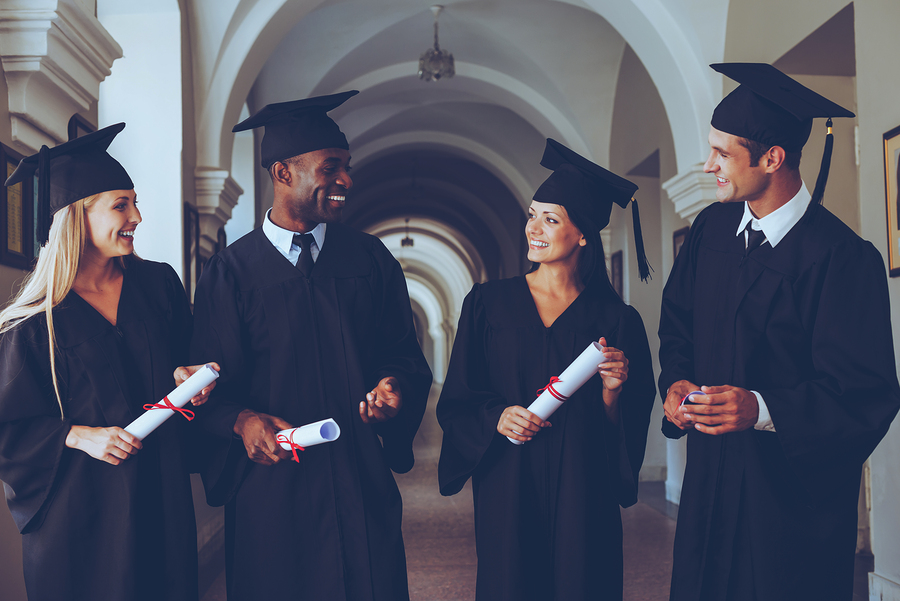Our public schools used to be a point of pride for our hometowns and cities. Nowadays, the conversation surrounding public education has taken on an increasingly pessimistic tone. A lot of the strategies for success are focused around outside solutions: vouchers, charter schools, etc. While those ideas have their merits, they can’t address the root of the problems faced by our education system in America.
For today’s blog, I want my focus to be on the impact that philanthropy can have on primary and secondary education, but to orient my thinking, I want to share a particularly illuminating lesson I learned from a podcast I was listening to a while back called Revisionist History. It’s hosted by Malcolm Gladwell, author of The Tipping Point. The episode of his podcast that hit home for me was called “Food Fight.” In this episode, Gladwell uses the cafeteria offerings at Bowdoin College in Maine and Vassar College in upstate New York as a way to explore what it really means to make a difference.
Painting with a broad brush, the two schools are markedly similar: enrollment, tuition costs, quality of education. The difference is that Vassar is committed to opening its doors to make their education accessible to lower-income students, while Bowdoin is catering to an increasingly wealthy student body, allocating immense resources to staffing five-star executive chef, and stocking their cafeterias with high-end restaurant-quality meals. Vassar on the other hand can only offer very basic cafeteria food because of the college’s financial aid commitments.
The main question I’m using this to address is, what kind of difference do you want to make? Do you want to help the private school with perfectly functioning iPads? Or do you want to fundamentally change the way a child in a poor rural school thinks about coming to school by providing them with the technology?
Truthfully, there’s no wrong answer, and it’s not my intention to castigate anyone for their choice. But it’s useful to consider the relative impact your gift can make depending upon how you decide to distribute it.
There are different levels at which we can effect change. The previous example is more oriented around the individual school or student. There can be different strategies and access points for involvement at the systemic or policy level as well, and they deserve consideration. If you’re a big picture thinker, these could be options for how you want to invest in education. You’ll also need to consider how involved you want to be. Chances are, the higher up the totem pole you go, the less control you’ll have over the way your gift is used. There’s also the question of whether you want to exert outside influence or if you want to become involved with education and repair it from the inside.
I am personally interested in fixing the broken parts of our existing system and find discussing internal solutions a more productive endeavor. Fundamentally though, I think reducing our school’s dependence upon the government is a positive start, and that’s why I think the answers are found in philanthropy. Aggressive, well-directed giving can have a more immediate and lasting impact than the symbolic half-measures that our government has and will continue to take. Getting involved is a positive choice, however you chose to do it.
Before you can start using your money to change our educational system, you need the clarity to know where you stand and the confidence to know you can get involved. My free assessment will help you get prepared to enact the change you want to see.

